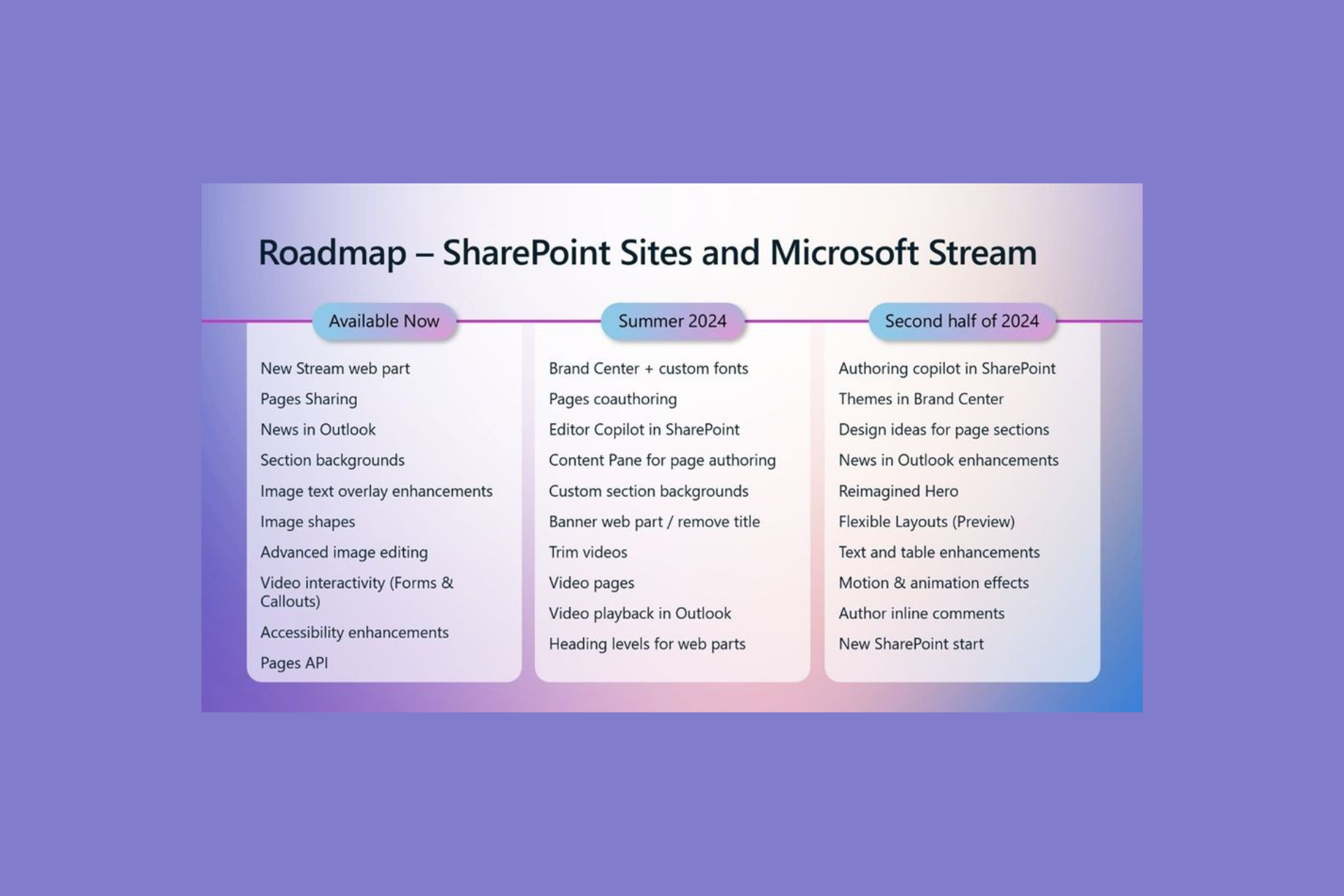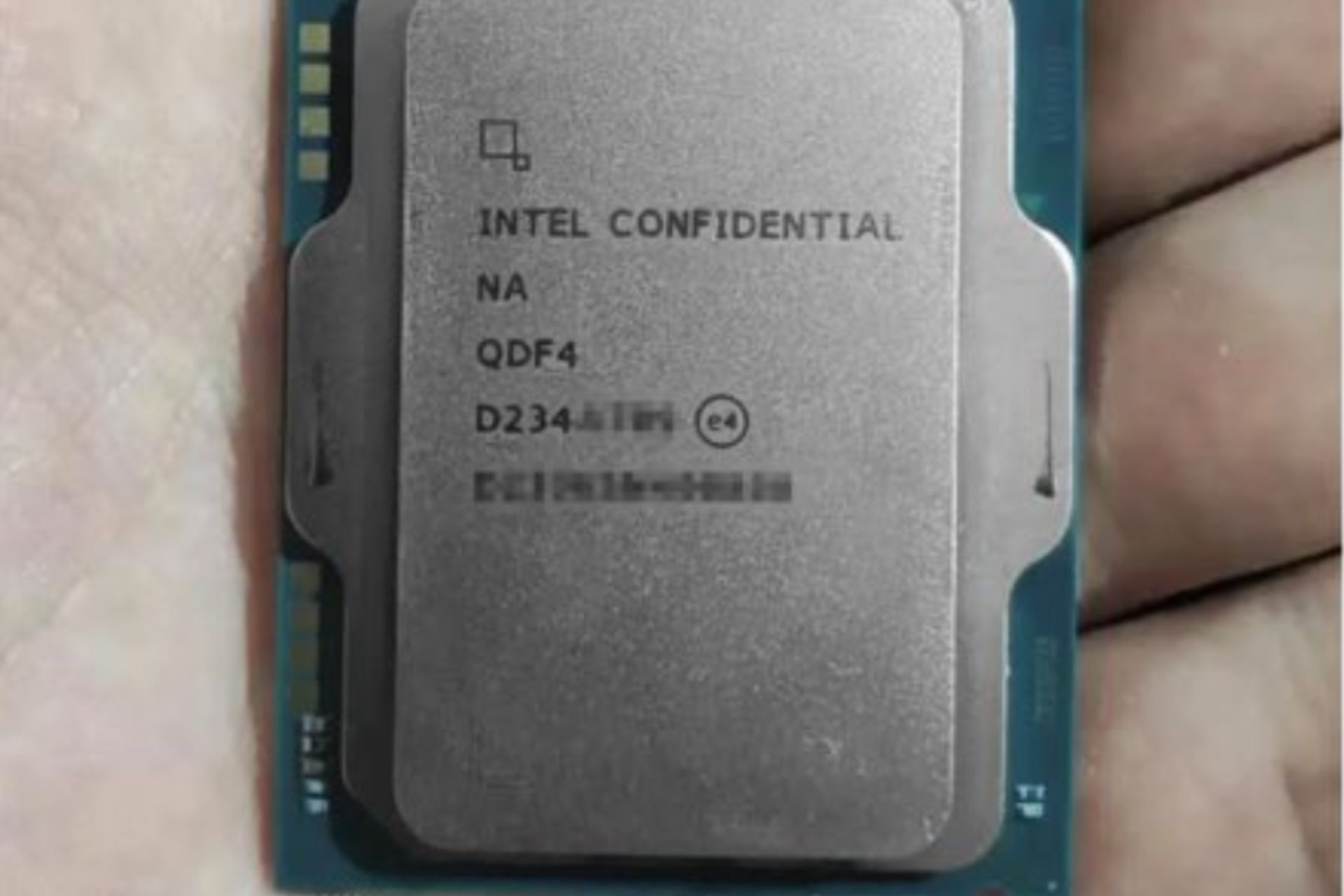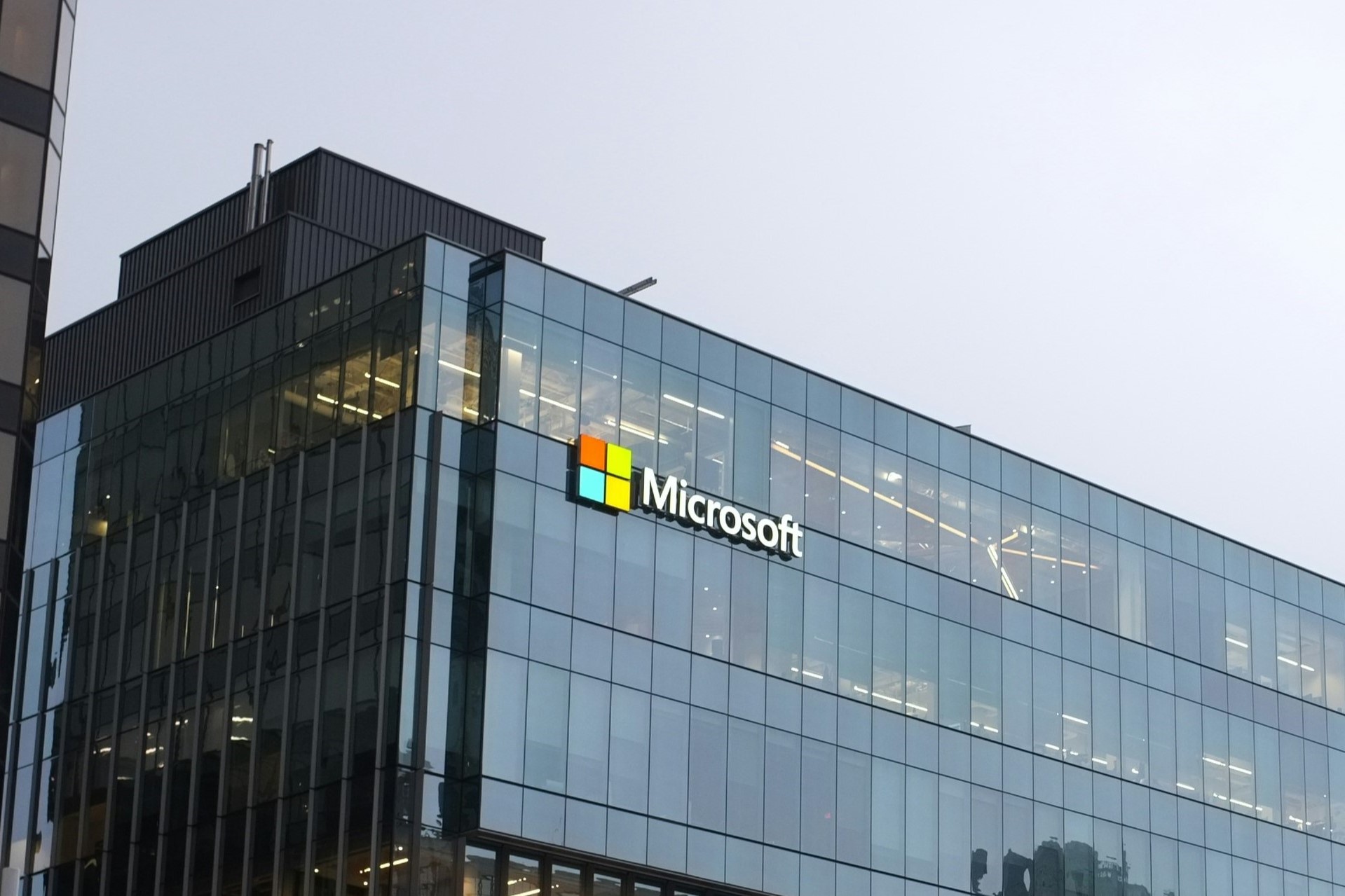Defender is causing major problems for Windows 20H2 users
2 min. read
Updated on
Read our disclosure page to find out how can you help Windows Report sustain the editorial team Read more
Key notes
- Defender is the root cause for high memory usage and black screens on Windows 10 20H2.
- Apparently, the problem isn't new and has been observed causing trouble for the past month.
- This bug also affects software such as Windows Event Viewer, Word 2016, and newer versions.

Not everyone is interested in looking for antivirus protection from other companies, and would rather stick with Microsoft’s security solutions.
Defender was recently rated pretty high for the services it provides, so that’s not a bad thing at all, considering how much time the company puts into perfecting it.
However, Defender users are not having such a great time lately, as the software is causing all sorts of major issues for the Windows 20H2 users.
Black screens and high memory usage on Windows 20H2
To be more exact, Microsoft Defender for Endpoint is apparently the root cause of some pretty nasty problems for some client systems with the 20H2 version of Windows 10.
According to Borncity, this is not something that happened overnight, as these severe issues have been observed for almost a month.
Thus, if you are also running the above-mentioned version of the OS, don’t be surprised if you experience very high memory usage.
Furthermore, you can expect black screen issues after logging in. There’s also a high chance that Word 2016 and newer will fail to open or will take a long time to do so.
Not to mention that Windows Event Viewer takes a really long time to show events, both remote as well as local.
Security experts believe that the high memory usage issue is likely caused by a memory leak bug. However, the problem is not new and Microsoft had fixed the issue once earlier.
Keep in mind that the high memory usage by Defender’s Antimalware Service Executable process (MsMpEng.exe) is a quite common bug.
That being said, a temporary workaround to reduce the memory consumption is to disable the Real-time Protection, just in case you were wondering.
So, if you were experiencing any of these situations, know that it is a known issue and it is being currently worked on.
Have you had any trouble with Defender on your Windows 20H2 machine? Let us know in the comments section below.









